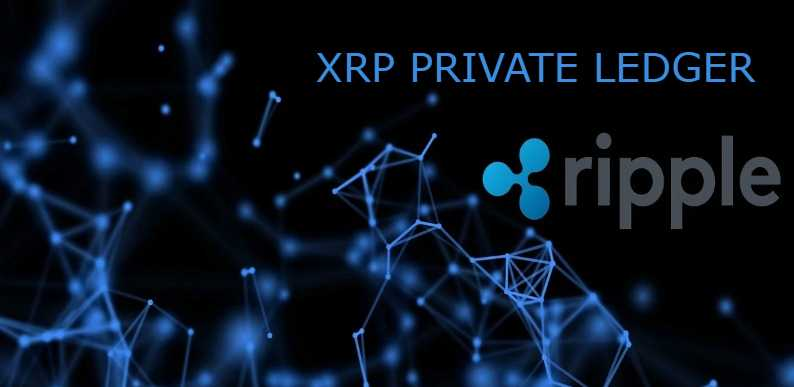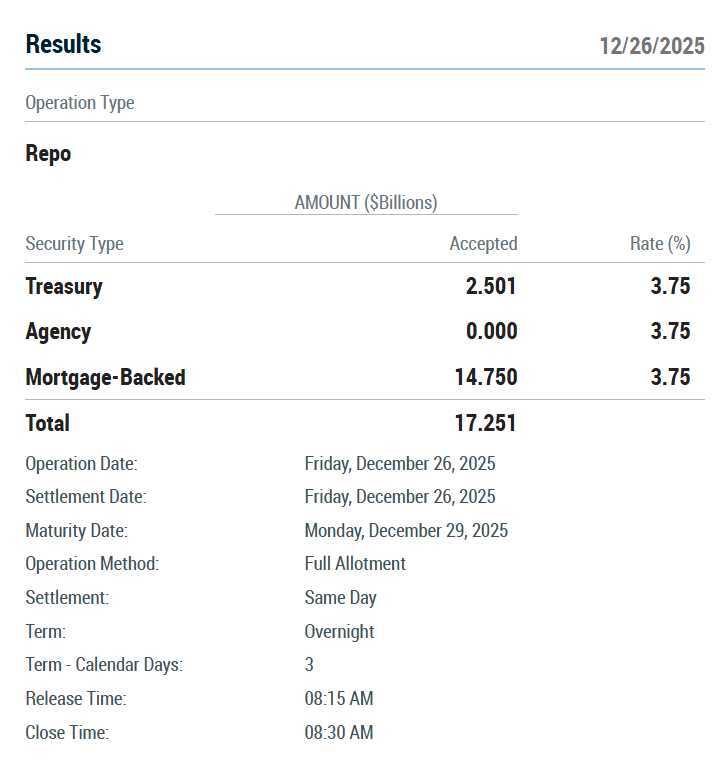(Dinarian Notes: Sometimes I like to reflect back at previous information that has already been disclosed. It will more often than not dispell FUD going around in the present times. This article from 2021 gives details of the XRP Private Ledger that exists. How often do you see it discussed today? But it exists and it is running right now... The banks could be using XRP right now and we would never know it..)
In March 2021, Ripple announced it built a private version of the open-source, public XRP Ledger to provide Central Banks with a secure, controlled, and flexible solution for the issuance and management of CBDCs. Currently, 80% of central banks are investigating some form of digital currency, and new CBDCs are bound to emerge. The term central bank digital currency (CBDC) refers to the digital form of a fiat currency. A CBDC is an electronic record or digitized token of a country’s official currency.
CBDC Challenges
Distributed ledger technology will be used as a basis for most CBDCs, just as most cryptocurrencies do today. Although these Central Banks have the option to tap into existing blockchains to get CBDCs up and running quickly, they are often not capable of handling the volumes that CBDCs need for a successful launch.
A distributed digital ledger must be accompanied by a cryptocurrency in order to carry out transactions.
Another disadvantage when tapping into an existing (public) blockchain is that they are likely to be public ledgers, hence, visible to all. Because Central Banks require more privacy with regards to their transactions, they often require more control over their currency than a public ledger can offer. A private ledger—such as Ripple’s CBDC solution—is therefore more appealing to Central Banks.
The CBDC Private Ledger
The CBDC Private Ledger is based on the same blockchain technology that powers the XRP Ledger, making it ideally suited for payments.
In an official announcement, Ripple mentioned that: “Moving money on the CBDC Private Ledger will be cost-effective, reliable and close to instantaneous. Transactions can also happen at volumes required by Central Banks. The CBDC Private Ledger will handle tens of thousands of transactions per second (TPS) initially with the potential to scale to hundreds of thousands TPSs over time. Transactions on the CBDC Private Ledger are verified by the same consensus protocol used by the XRP Ledger, which is far less energy intensive, and therefore less expensive than public blockchains that leverage proof-of-work.”
Central Banks have the ability to securely and flexibly create their digital currency, taking advantage of the highest security standards while maintaining their privacy and policy requirements. They are therefore not constrained by having to adapt to technological conditions but on the contrary; technology adapts to them and allows them to maintain their own conditions.
What Has been Said?
In a blog post, Ripple mentioned that: “We believe this will be a game-changer for central banks,” while Monica Long – General Manager of RippleX at Ripple – confirmed that XRP will be used as a bridge or as a bridge currency to interact between a CBDC and other currencies: “Tokenization has always been a key feature of XRPL with over 5,400 tokens issued since its inception. CBDCs will live on new private ledgers that run alongside XRPL, using XRP as a bridge to interoperate with other currencies. No more walled gardens!”
Matt Hamilton – Principal Developer Advocate at Ripple, has confirmed that the CBDC Private Ledger is based on public XRPL: “The idea would be that each institution manages its own private ledger. Just like they already do internally, but in this case based on XRPL software. Then this is connected to the XRP public ledger and uses it to bridge the gap between the different institutions”.
“The public ledger is designed for payments. And it was built almost a decade ago, long before banks knew how they would use blockchains. This gives the best of both worlds, a “private” blockchain for intra-bank, but linked to a public blockchain for interbank”.
David Schwartz – Chief Technology Officer at Ripple – explained why central banks want this “private” aspect: “One of the main reasons central banks do not open their payment systems to everyone is that their systems are too dependent on trust to allow entities they do not trust to ‘to access”.
He also said that “XRP can perform private ledger transactions just like non-XRP transactions on XRPL. This allows issuers who are not ready to transact on a public blockchain to continue interacting with XRP”.
Summary
1. CBDCs are the Central Banks’ digital version of fiat currency.
2. The private XRPL is based on the public XRPL, but is entirely private.
3. XRP is a neutral bridge currency for both intra-bank transactions on the private register and interbank transactions on the public register.

































